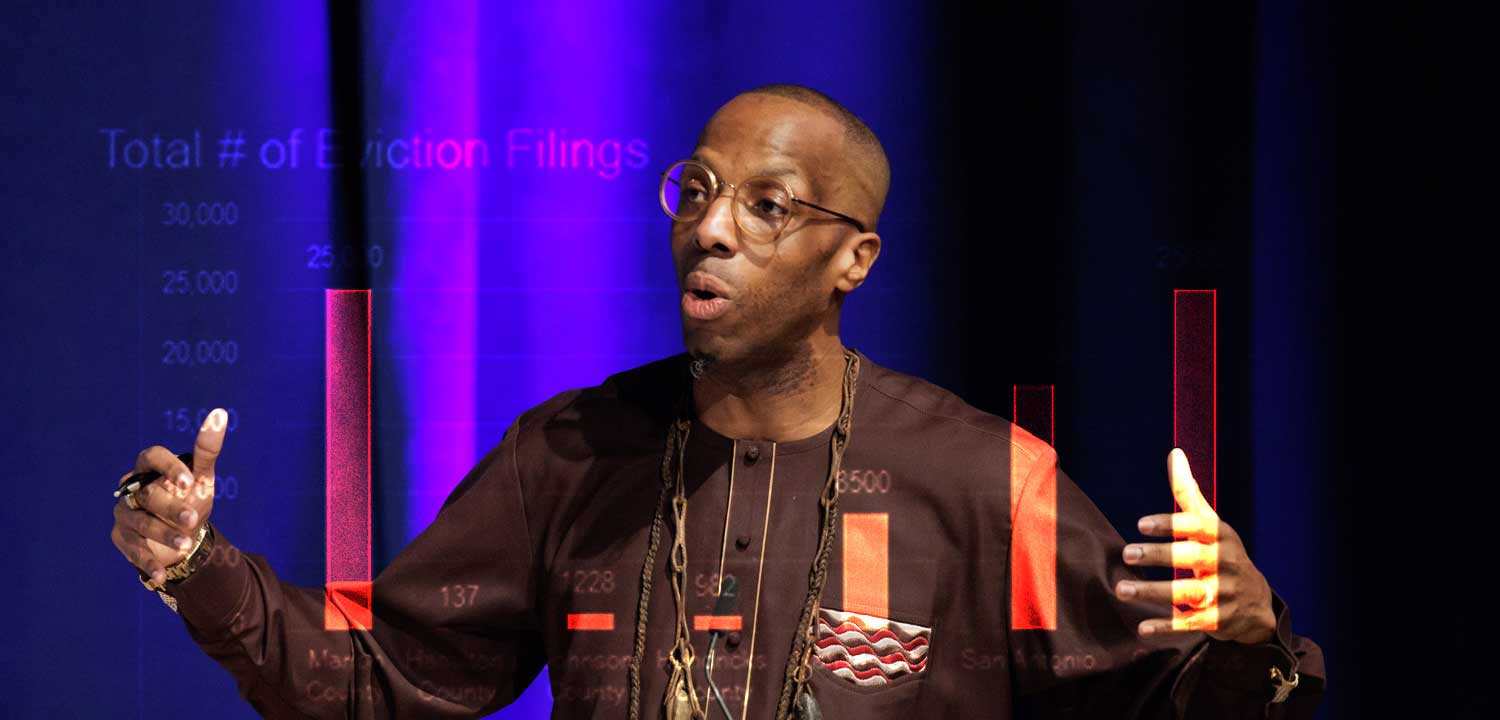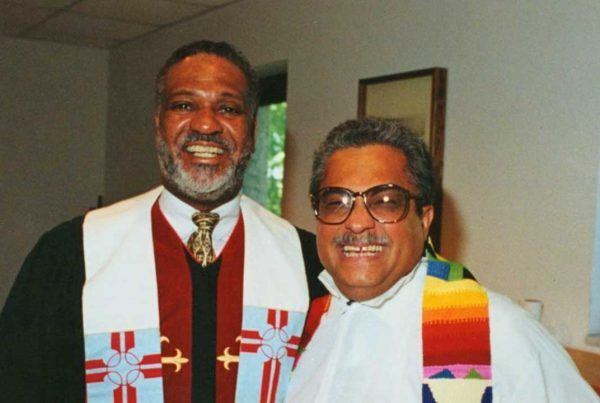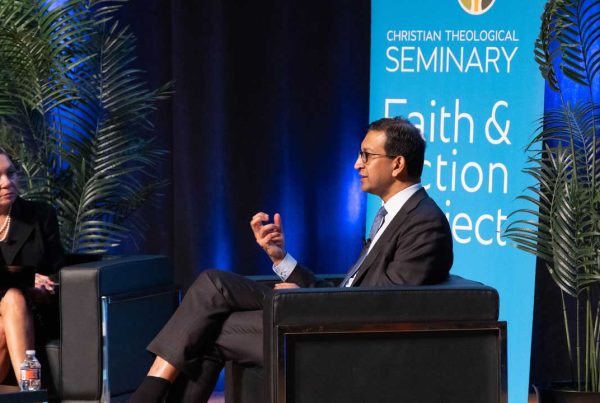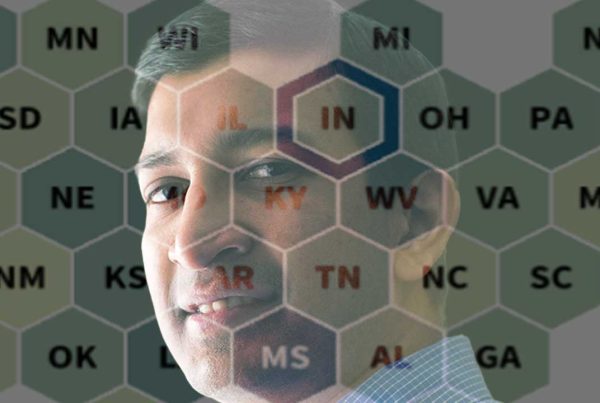Faith & Action: Treat the Data as Sacred Text
“Treat the data as sacred text.” That was the charge from Rev. Dr. Harrison-Jones at the Faith & Action Spring Conference. He reminded us that we must know the statistics around housing and homelessness with the same reverence and fluency as we do sacred teachings. But while we honor the data, we must not become paralyzed by it. We are called to understand the reality, study what works, and—most importantly—take action.
The Reality on the Ground: A Housing Crisis in Indianapolis
The numbers are stark and demand our attention:
- Between 2016 and 2024, the annual rate of eviction filings in Marion County surged by 116%, with over 25,000 filings in 2024 alone.
- When compared to similar cities like Kansas City and San Antonio, Marion County stands out for having significantly higher eviction rates.
- Rents in Indianapolis have increased by 52.5% over the past decade, while median Hoosier wages rose by only 22% in the same period.
This is not just a housing crisis—it’s a justice crisis. And like any crisis of faith or community, it requires both understanding and commitment.
Grounded in Research, Driven by Faith
To support this urgent work, Faith & Action, in partnership with Bridge Builder Strategies, has developed a comprehensive report on the housing landscape in Greater Indianapolis—placing our city in context with a few peer communities.
The report brings together hard data and real-world insight from frontline practitioners and local stakeholders who are working every day to reshape our housing systems.
It sheds light on both the scale and the urgency of the housing crisis affecting our region. But more than that, it’s meant to be a tool—a spark for conversations, a foundation for advocacy, and a guide for action.
Read the Full Housing Data Report Here
Shifting the Narrative
During the conference, we screened Beyond the Bridge: Solutions to Homelessness by Together Films. The film underscored a central truth: changing the narrative around homelessness is essential to solving it. Belief matters. And belief spreads through conversation—whether at the dinner table, in a pew, or while waiting for your coffee.
If we want people to believe that homelessness is solvable, we must meet them where they are—one conversation at a time.
Responding with Compassion: Everyday Talking Points
Here are a few real-world examples provided by Together Films that you can use to guide compassionate, informed conversations:
- If someone says: “I’m glad all those tents are gone. Something had to be done.”
- Try responding: “I agree we need real solutions, but I worry about the people who were living there. Everyone deserves a safe place to stay, and just removing tents doesn’t address the root causes. We need long-term, humane solutions.”
- If a neighbor says: “The last thing we need here is more low-income housing.”
- Consider saying: “I understand concerns about change, but I’m actually relieved to see more housing being built. So many families are struggling, and affordable housing helps keep our community stable and diverse.”
Tips for Constructive Dialogue
When talking about housing and homelessness, keep these points in mind:
- Connect the dots between homelessness and broader economic issues.
- Use inclusive language. Frame housing as a shared human need and right—not just a problem “for others.”
- Highlight opportunity. Talk about repurposing buildings, enabling mixed-income neighborhoods, and supporting policy that lowers housing costs for everyone.
What’s Next: Housing First and Community Engagement
In partnership with GIMA, CHIP, the Indianapolis Foundation, we’ll soon be sharing more on the Housing First approach, what it is, how it works, and how you can engage your community around real solutions.
We invite you to treat the data as sacred—but not static. Let it inspire movement. Let it provoke conversation. Let it guide your faith in action.






